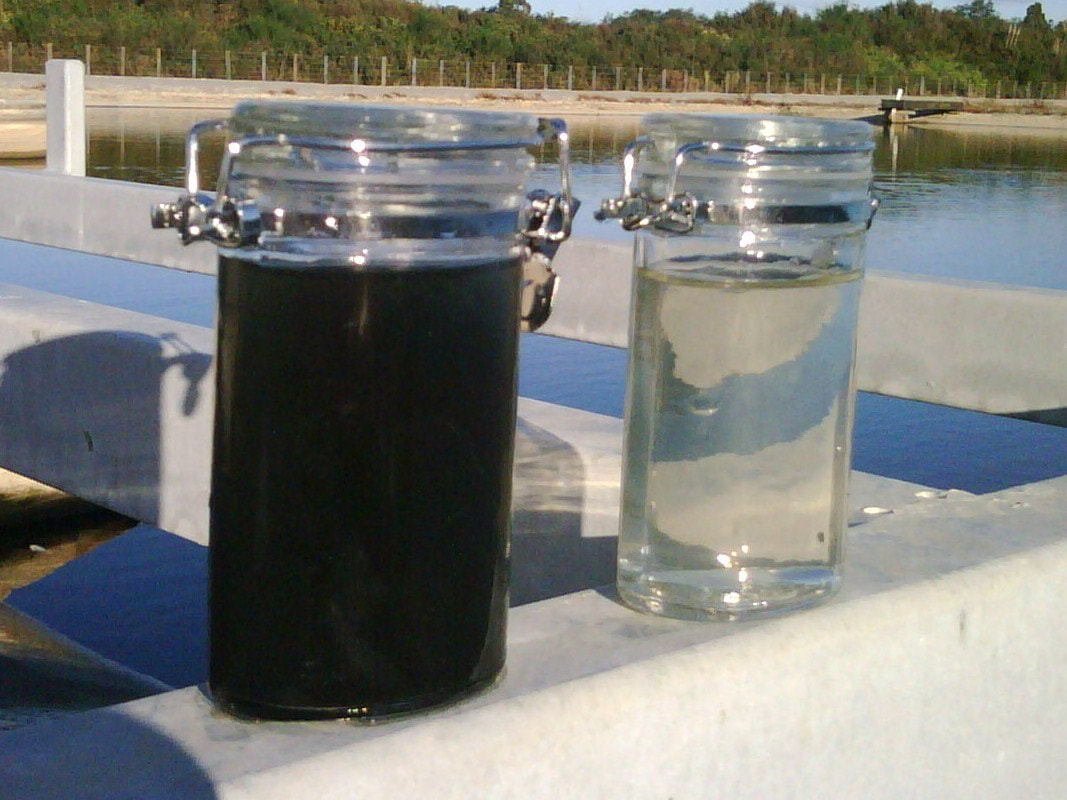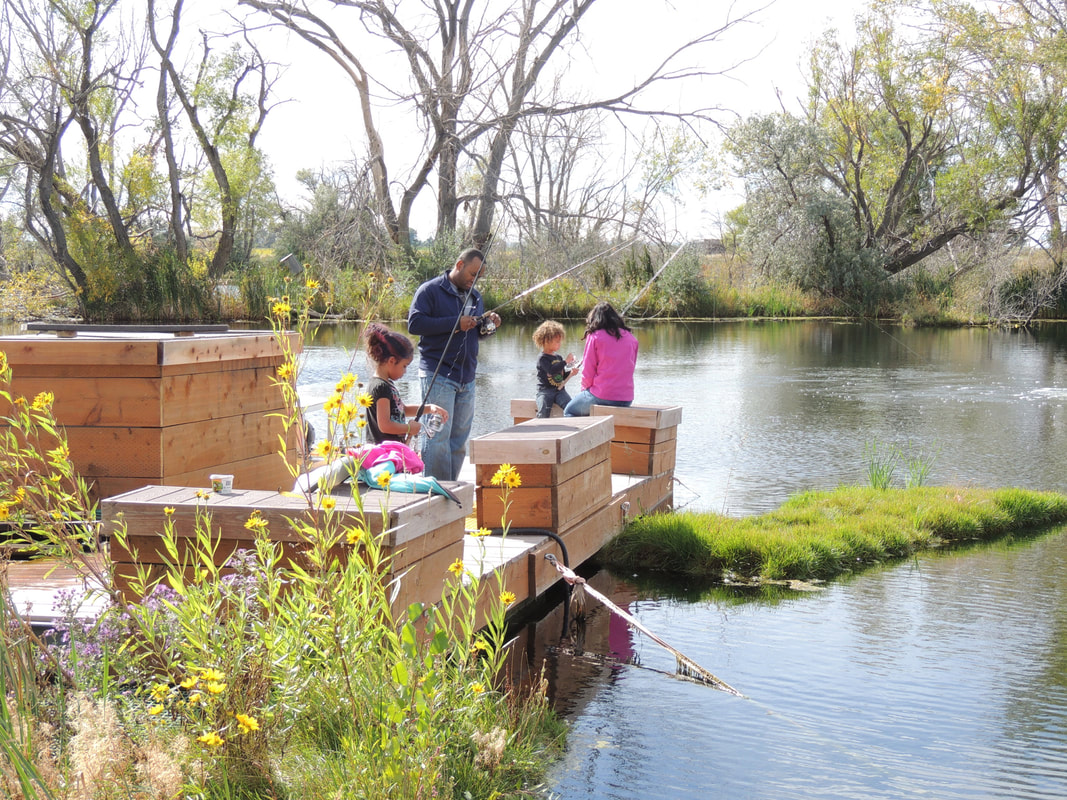What will it take to reverse the pandemic downward spiral of eutrophication that otherwise results in HABs and methane?
There is a cadre of natural solution focused organizations that are working this issue. The cadre includes private companies, NPOs, and governments, testing various strategies around this issue, essentially, attempting to prevent a water pandemic that could overwhelm our economic ecosphere. Healthy fresh water is somewhat beyond a core requirement when it comes to civil society. You don’t get by without it. Do or die? Well, yes, we have to get this one figured out. Water health and climate action are irreversibly co-joined. (Cite the Yale Study) Imagine taking 55 acre feet of water, that’s roughly 55 football fields one foot deep, and dropping all that water into a 6.5 acre footprint that averages about 8 feet deep. This describes our research lake. Then add the now normal but variable surge of nutrients, particularly phosphorus and nitrogen, and watch this soup heat up and explode with blue/green and cyano bacteria blooms. The blooms are short lived, and noxious. Not pretty to look at, or smell. But the worst is harder to discern. When the blooms die, they chew up the oxygen in the water, and all this slurry mess of dead phytoplankton cycles into greenhouse gas in the atmosphere and stinky, black muck on the lake bottom. Think methane. Think 21 times more potent in terms of climate impact, after correction for time in atmosphere, then plain old carbon dioxide. More than half of all methane emissions that are taking us into climate change emit from nutrient impaired fresh water. Folks, this is about two things…livable water, and climate action. This source of methane however is a low hanging fruit. We can alter it. With today’s science and engineering, we can oxygenate water from top to bottom, and disallow the methanogens that synthesize methane. But we must act, and we must do so quickly, to mitigate climate impact. That do or die thing again! My company is teaming with the U.S. Department of Energy to quantify an ability to interrupt the cycle of Harmful Algae Blooms/greenhouse gas emissions. We are measuring an ability to oxygenate deep water, and to even penetrate and reduce the sludge layer created by several decades of harmful algae blooms. We are testing a breakthrough technology, nanobubbles, to permeate and oxygenate water from top to bottom. Our goal is to prevent anaerobic water, where oxygen is absent. If we can do this, we can prevent methane. We prevent HABs along the way, and correspondingly, we prevent methane. And that’s just the first half of the story. When water transitions back to year round aerobic status, the nutrients that used to cycle into cyano bacteria instead cycle into nature’s natural food web. We can grow fish instead of algae. NUTRIENTS TRAPPED IN BOTTOM SLUDGE ARE FUTURE FISH! I dove our research lake a week before turning on a nano bubble system. After descending just five or six feet, the next fifteen feet of water turned inky black. The claustrophobic lack of visibility was scary. But I was connected with a surface supplied air system and could breathe. So I persevered, and made my way to the bottom. At this point the only certainty was that the airline was my path back to the surface. It’s like being in space, but with no stars! The black water was devoid of oxygen. Nothing discernible could live in it, other than anaerobic microbes, methanogens that synthesize methane. The air breathers that we associate with quality water were limited to the top five foot layer of the lake. A few days later we started the test. Could we transition this deadly water back to health? Could we oxygenate it? Could we do so using solar power mounted on a BioHaven floating island? Could we integrate two technology options, solar and nature’s wetland effect which is what BioHavens provide, onto a viable, commercial platform? Could we transition the black water into health? Could we make the lake clear and productive from top to bottom? Essentially, could we grow fish instead of algae? To answer these questions required day to day measurement. We needed scientists, and empirical data. Not the “normal” anecdotal feedback that is so common anymore. Disinformation and misinformation are best left to ethically impaired, politically motivated quasi journalists. It’s not what we bank on. Empirical, science based data is our mission. It can’t be otherwise, if in fact we are to generate actual effective water treatment. I personally studied the fish. How did they respond to the “mixing” when we disrupted that benthic, black bottom water? Their response is part of our Dept. of Energy report. Now we have a data set to begin with. We have a sense of what can happen. It’s not conclusive data, but it’s one data set that we will build on. We are generating ongoing data. More and more information. More testing, more questions, more science. Create a hypothesis, then test it. Then test again. Science. Roughly half of water in the U.S. is eutrophic. Some of it is hyper eutrophic. The nutrients that cause this are an actual resource. They are valuable. Today in about half the water across the United States these nutrients grow methane. Tomorrow, they can grow appropriate biota, that results in water quality and resulting economic benefit. Think land value associated with lake frontage property. Think about the vision that we humans vector with water. Most of us live within a few miles of water’s edge. My point is simple…we can fix water. Heaven on earth? No, but we can get a hell of a lot closer than we are today. We can fix water, and in the process, defer some climate change.
By the way, there are other climate-related problems that affect fish. Check out how mercury is an issue in this post from Anglers.
4 Comments
4/7/2024 11:24:56 pm
Your content is well-structured; I intend to revisit it later for reference.
Reply
7/8/2024 05:15:55 am
Thanks for your insights; they help me understand things better.
Reply
7/22/2024 04:11:43 am
Thanks for the practical tips; they’re much appreciated.
Reply
Leave a Reply. |
AuthorWrite something about yourself. No need to be fancy, just an overview. Archives
August 2023
Categories
All
|


 RSS Feed
RSS Feed